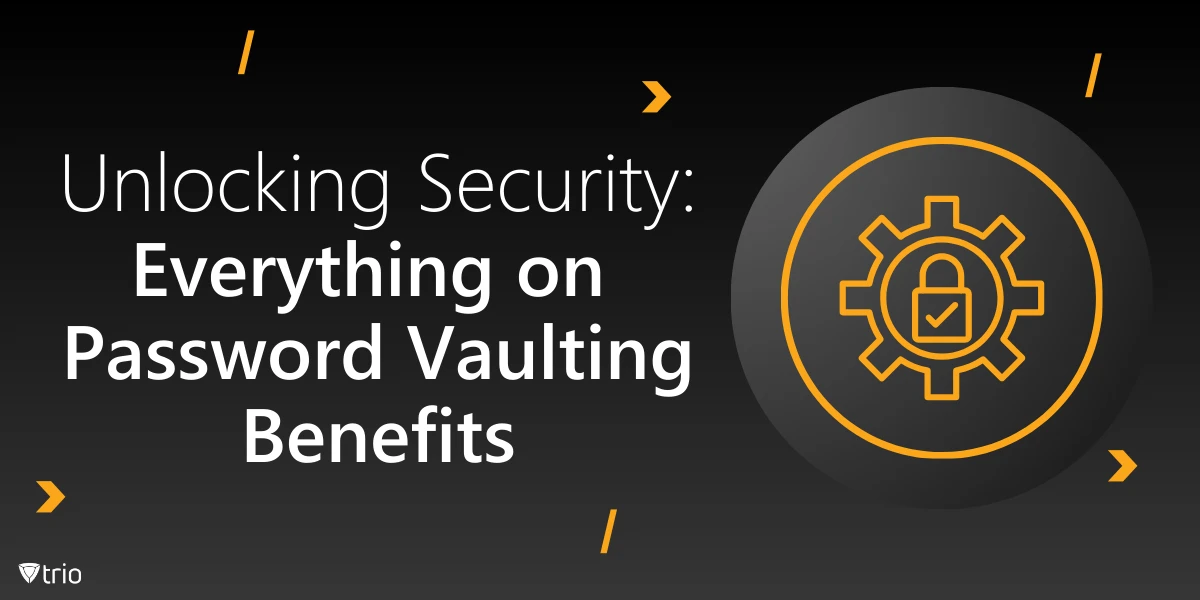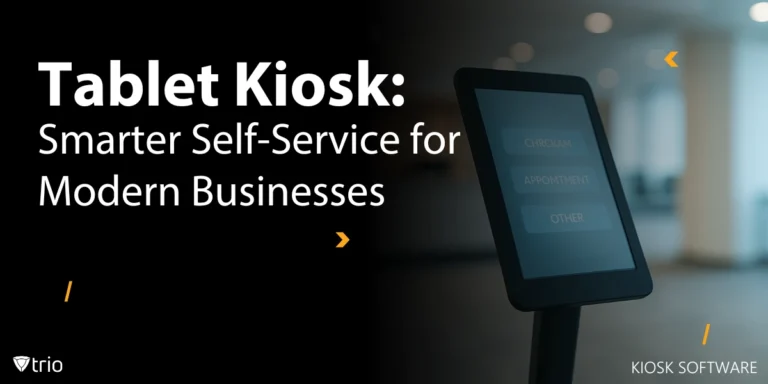Sensitive data and online accounts are prime targets for malicious attacks, making it more crucial than ever to have a solid password management strategy. One effective solution that has gained popularity among IT professionals and security-conscious individuals is password vaulting. But what is password vaulting, and why should you consider incorporating it into your security strategy? This post dives deep into the numerous password vaulting benefits and why using a vault password manager is essential.
What Is Password Vaulting and Why Does It Matter?
To appreciate the advantages of password vaulting, it’s essential to first understand what it means. Password vaulting refers to the practice of securely storing and managing multiple passwords in a protected digital vault. This vault, often available as a password vault app or browser extension, encrypts your passwords and sensitive information, providing a layer of security against data breaches.
Password vaulting is especially useful for IT teams and businesses managing large databases of credential data. A good password vault will store login details for various user accounts and can generate strong, complex passwords for new online accounts. By centralizing password management, IT departments can streamline processes, ensuring each user's access aligns with established password best practices and security policies. Moreover, many vaults come with advanced security features, such as biometric access control and multi-factor authentication (MFA), to prevent unauthorized access.
The Importance of Password Vaulting for Credential Management
When it comes to credential management, a vault password manager is essential. First, these tools automate the storage and retrieval of passwords, reducing the likelihood of human error. With strong password generation capabilities, vaults ensure that passwords remain secure and hard to crack. This feature alone can significantly reduce the risk of a data breach, a common concern for businesses and individuals alike.
Password vaulting also simplifies managing access across different operating systems. Whether your team is using Windows, macOS, or Linux, the best password vaults provide seamless integration across platforms. This cross-compatibility is vital for identity management, ensuring that access to sensitive data is consistent and secure across all environments. Furthermore, with integration options like SCIM provisioning, password vaults can automate user account creation and deactivation, enhancing overall security.
For businesses using active directory certificate services, having a password vault adds another layer of protection to their security ecosystem. These integrations enable enterprises to enforce strict access controls, using multi-factor authentication and centralized credential management to protect critical assets. The convenience of having a single, secure repository for all your passwords also translates to reduced time spent on password-related IT issues, boosting productivity.
![[man working on a laptop with concept of credentials visible coming out of laptop]](https://www.trio.so/blog/wp-content/uploads/2024/11/credential-management.webp)
Key Benefits of Password Vaulting for IT Security
Implementing password vaulting provides a wide range of advantages for IT security. Here’s a closer look at some of the most impactful benefits.
Centralized Credential Management
One of the main advantages of password vaulting is centralized credential management. Instead of keeping passwords scattered across multiple locations or relying on memory, a password vault consolidates all login information into one secure repository. This centralization not only simplifies password retrieval but also allows IT teams to efficiently manage user access and enforce password best practices, reducing the risk of data breaches caused by weak or reused passwords. For organizations with numerous online accounts, centralized management saves time and enhances security by streamlining processes like user onboarding and offboarding.
Enhanced Security and Password Best Practices
Password vaulting ensures that all credentials are stored in an encrypted format, providing a robust defense against unauthorized access. Many vaults feature strong password generation tools, which create complex, hard-to-crack passwords for each account. This feature encourages password best practices across the organization, mitigating vulnerabilities associated with predictable or reused passwords. Additionally, advanced security features like MFA add another layer of protection, requiring more than just a password to access sensitive information.
Simplified Access Control and Identity Management
Password vaulting works seamlessly with identity management systems to provide streamlined and secure access control. IT administrators can easily manage permissions and monitor who has access to specific accounts, ensuring that sensitive information is available only to authorized personnel. Integration with tools like active directory certificate services further enhances access control, automating the authentication process and bolstering the overall security framework.
Seamless Integration Across Operating Systems
Password vaults are designed to work across various operating systems, ensuring a consistent user experience. This cross-platform compatibility is vital for businesses that require flexible, secure credential management. Good password managers also offer browser extensions and mobile apps, making it easy for IT professionals to access and manage passwords on different devices without compromising security. This integration improves efficiency and ensures that password management practices are consistent across the entire organization.
Time Savings and Improved Productivity
By automating password storage, generation, and retrieval, password vaulting saves valuable time for IT teams and end users. Features like just-in-time access ensure that users get the credentials they need exactly when they need them, while SCIM provisioning automates the management of user accounts. As a result, IT professionals can focus on more strategic tasks instead of constantly addressing password-related issues. This boost in productivity benefits the entire organization, making password vaulting a wise investment.
Password Vaults: Proprietary and Open-Source Options
When choosing a password vault, you’ll find many options, from proprietary software to open-source solutions. Proprietary vaults are known for their robust security features, easy-to-use interfaces, and cross-device syncing. These are some of the best password vaults for Android and macOS users, offering reliable protection for both personal and professional use.
For those who prefer more customization and transparency, there are password vault open-source options. Open-source vaults provide more control and are often favored by security experts who want to audit the code themselves. However, while open-source vaults may be free or have free plans, they can sometimes require more setup and technical know-how compared to their commercial counterparts. Despite this, they still support essential functions, like document lifecycle management and the ability to securely share passwords. These tools also integrate with various directory services, adding efficiency and security to user provisioning.
![[person using smartphone to type login and password with concept of login screen coming out of phone]](https://www.trio.so/blog/wp-content/uploads/2024/11/password-vault-example.webp)
Addressing Common Password Vault Concerns
Even the best password vaults have occasional downsides or user challenges. One of the most common issues is dealing with a forgotten master password. If you’ve ever experienced a "forgot vault password" scenario, you understand how frustrating it can be. Most vaults offer a secure recovery process, but some may lock you out permanently if you don’t have the proper recovery measures in place. It’s critical to follow password best practices for creating and storing your master password, possibly even using a physical backup if necessary.
Another concern is ensuring that the password vault app you choose has robust security measures to prevent unauthorized access. Additionally, vaults that include a mobile app make managing your passwords on the go more convenient. This capability is particularly beneficial for IT professionals who need to access secure information from different devices.
How Trio Enhances Password Vaulting Benefits
Password vaulting is undoubtedly a game-changer for secure credential management, but the combination of a vault password manager with mobile device management (MDM) capabilities amplifies security even further. Trio, a simplified MDM solution, provides an easy-to-use platform for managing devices and enforcing password policies across an organization.
Trio simplifies access control by integrating with your chosen password vault, ensuring that sensitive information is accessible only to authorized personnel. This integration adds another layer of security and simplifies password recovery processes in case of emergencies. Additionally, Trio’s mobile device management features make it easier to deploy security settings across various devices, ensuring consistency and compliance. Trio also enhances profile management to ensure seamless user account management.
With Trio, IT teams can streamline password management, protect sensitive data, and boost the overall security posture of their organization. Interested in learning more? Request a free demo today to see how Trio can help with your password vaulting strategy.
Conclusion
Password vaulting is a fundamental step in securing sensitive data and protecting your online accounts from potential threats. From simplifying credential management to providing robust password generation features, using a secure password manager is a must for IT professionals. Whether you opt for a proprietary or open-source vault, integrating these tools into your security framework will yield significant benefits.
Get Ahead of the Curve
Every organization today needs a solution to automate time-consuming tasks and strengthen security.
Without the right tools, manual processes drain resources and leave gaps in protection. Trio MDM is designed to solve this problem, automating key tasks, boosting security, and ensuring compliance with ease.
Don't let inefficiencies hold you back. Learn how Trio MDM can revolutionize your IT operations or request a free trial today!





